
views
New Delhi: As the Reserve Bank of India (RBI) gets ready to unveil its credit policy on Tuesday, home loans could become dearer.
With inflation hovering above 8 per cent, analysts expect RBI to hike rates by 25 basis points.
RBI has been going slow on rates fearing it would hamper the recovering economy.
A quarter percentage hike will take the repo rate, the rate at which RBI infuses liquidity into the system, to 7 per cent and the reverse repo rate to 6 per cent.
Banks have indicated they would be forced to revise rates if the RBI does hike key policy rates.
RBI set to hike key policy rates to tame inflation
The Reserve Bank on Monday indicated that it might go in for another hike in the key policy rates to combat inflation which, driven by rising commodity and oil prices, is posing a threat to the economic growth.
Another round of hike in key rates is likely to push further interest rates upwards, making loans dearer.
Although the Reserve Bank of India (RBI) had raised key short-term lending (repo) and borrowing (reverse repo) rates eight times since March 2010, inflation, measured on wholesale prices, is yet to decline to the central bank's comfort level of 5-6 per cent.
"Persistence of high inflation warrants continuation of anti-inflationary monetary stance to sustain the growth momentum over the medium term," the RBI said in its report on Macroeconomic and Monetary Developments in 2010-11 released on the eve of the annual credit policy on Tuesday.
The RBI has also expressed concerns over delay in increasing the domestic prices of oil in line with the prices prevailing in the international market saying it could worsen government finances.
Independent experts and bankers also expect the RBI to raise key policy rates in its credit policy meeting on Tuesday by at least 25 basis points to tame inflation which is hovering around 9 per cent in March.
Repo, the rate at which RBI provide credit to the banks, is 6.75 per cent and the reverse repo, the rate at which RBI borrows from banks, is 5.75 per cent at present. Any increase in these rates will make auto, home and other loans expensive.
The RBI, according to SBI chairman Pratip Chaudhuri, will try to draw a balance between the need to contain inflation and promote growth.
"The inflation is something like 8 per cent plus and an increase in interest rate can have the danger of derailing the growth prospects. It (credit policy) is to be balancing of the two.. it is not easy, but RBI will do something very optimum from both ends", Chaudhuri said.
Referring to the delay in hiking prices of petroleum products like diesel and LPG in line with prices in the international market, RBI said it poses a "significant medium-term risk" to the economy. The crude oil price is hovering around USD 120 a barrel.
"Fertiliser and oil subsidies are likely to exceed budgetary provisions and generate pressures on fiscal situation in case there is a delay in adjusting the domestic prices to rise in international prices," RBI said.
The Budgeted annual subsidy bill for petroleum products is Rs 23,640 crore and for fertiliser it is Rs 49,998 crore.
Also the government expects the fiscal deficit to come down to 4.6 per cent of GDP in the current fiscal, from 5.1 per cent in FY'11.
As regards the growth prospects, RBI's analysis said that the economic growth is likely to mirror the trend in the past fiscal despite several downside risks.
Indian economy is projected to grow at 8.6 per cent in 2010-11. During the current fiscal, the growth is expected to be around 9 per cent.
As far as price rise is concerned, the RBI said inflation would remain high during the first half of the current fiscal though it may moderate in the later part of the 2011-12.
"The risks to inflation from rising oil and commodity prices as well as domestic core inflationary pressures exist. Unless addressed, they have a potential to adversely impact growth.
"The high global crude prices and other commodity prices pose the biggest risks to our growth and inflation. Fresh pressures from commodity prices do make 2011-12 a challenging year for inflation management," the report added.
Pegging the current account deficit (CAD) significantly lower at 2.5 per cent of GDP for FY11, from the earlier projection of 3 per cent, the report however noted that spike in oil prices poses the risk of it widening.
Also the wild fluctuations in portfolio flows and rising debt flows pose risks to sustain lower CAD.
(With additional informatiopn from PTI)












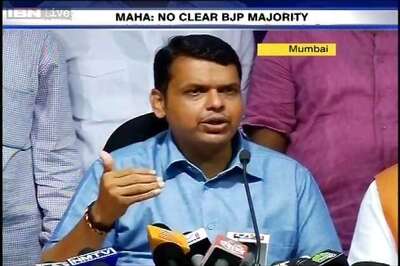

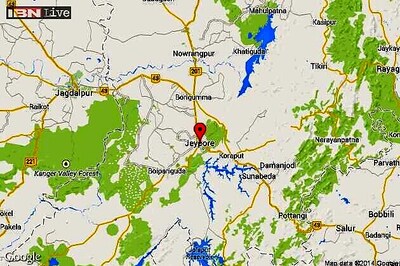

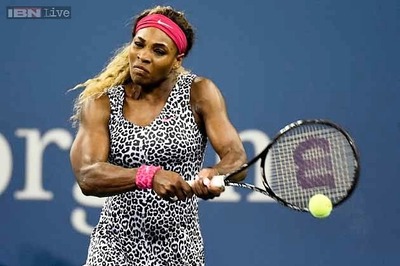
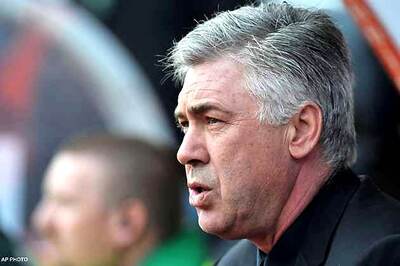
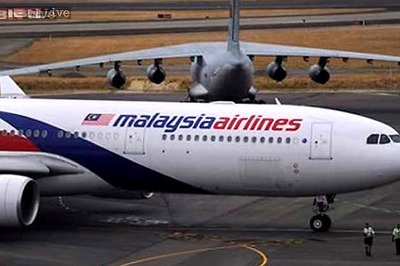

Comments
0 comment